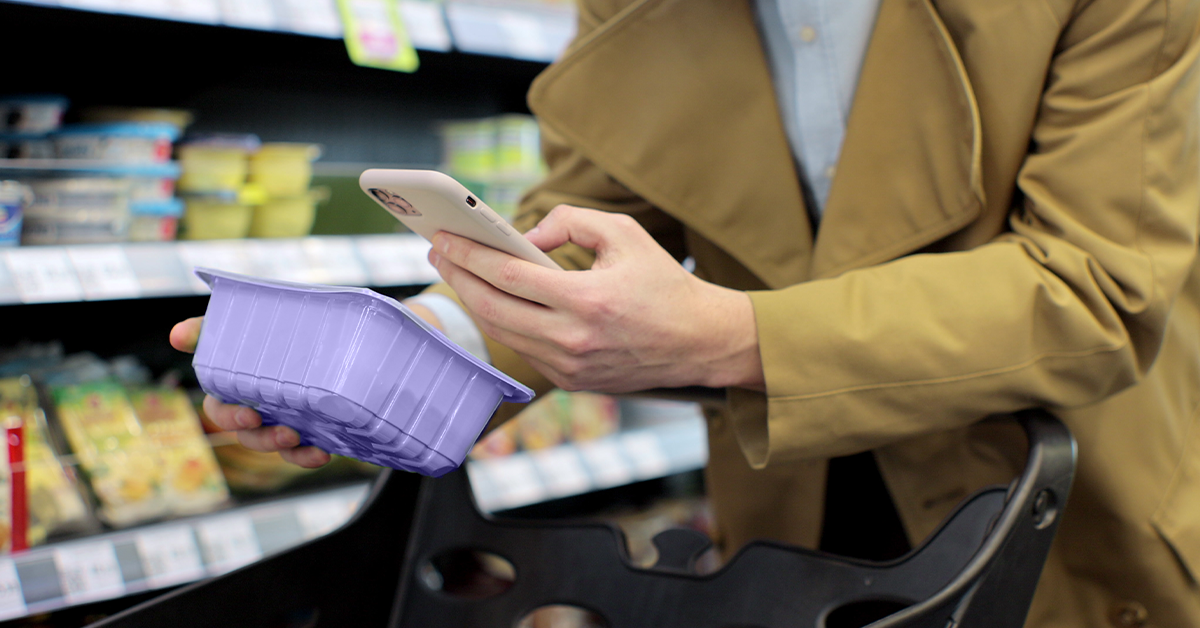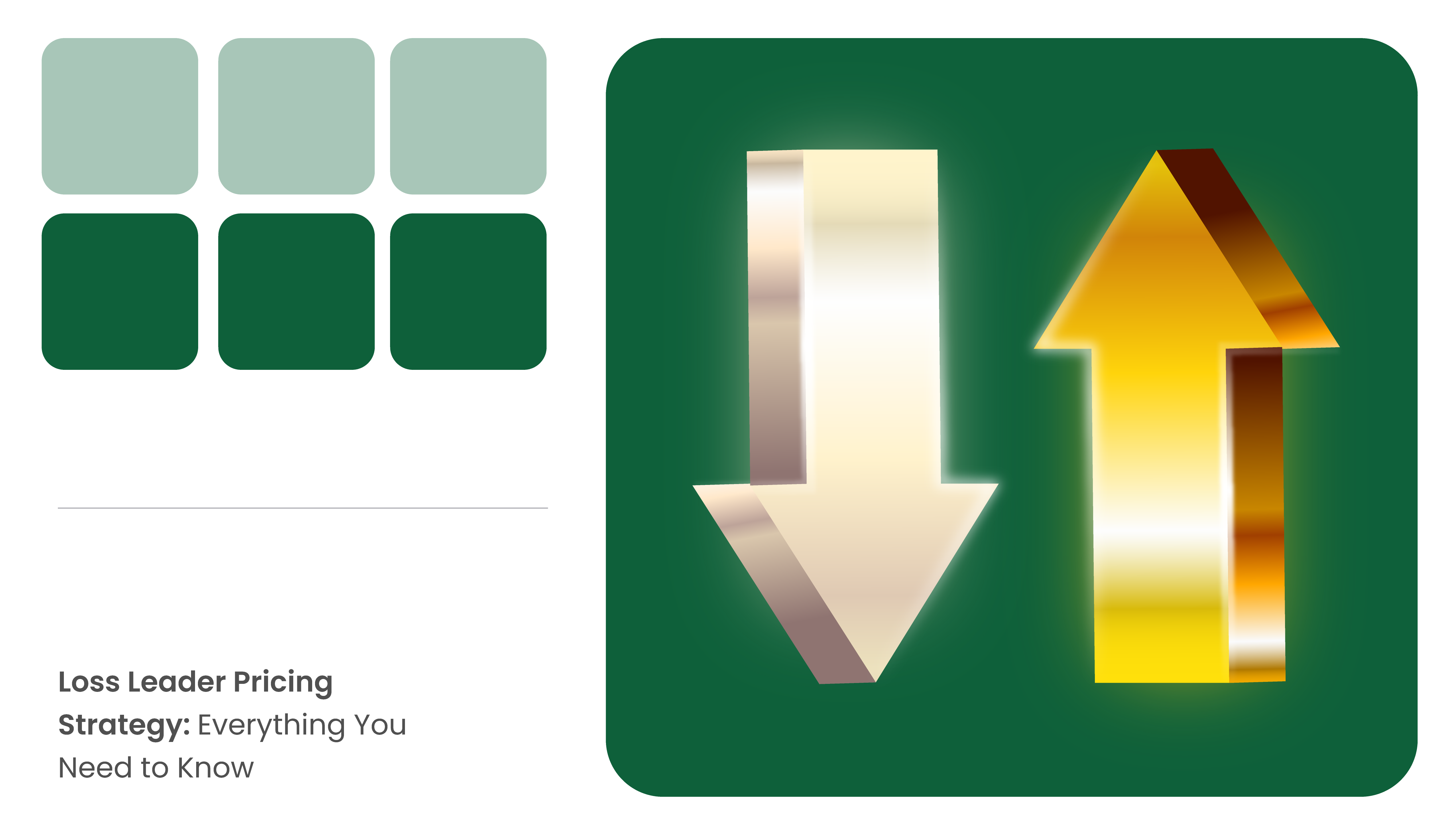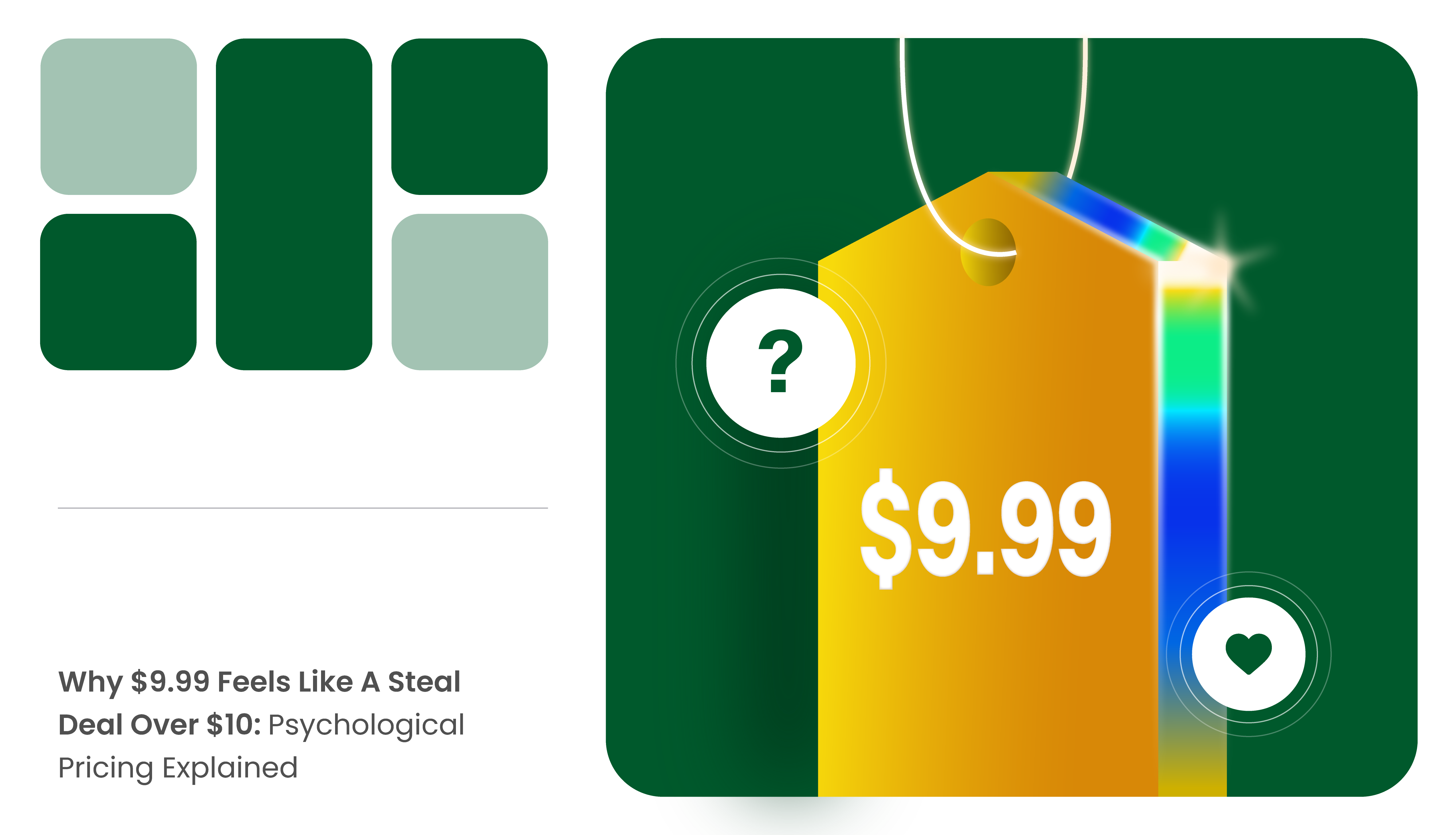Have you ever wondered how some brands price their products high and still stay in business while others make profits by selling at low prices? In dynamic e-commerce marketplaces, where prices fluctuate, pricing products to beat the competition is quite challenging.
A competitive pricing strategy becomes successful when it translates into something more than undercutting competitors’ pricing.
Shoppers are always looking to make the most of deals. In this scenario, we are going to let you in on a business secret: product pricing is not akin to taking a shot in the dark; it is calculable. Those brands that continuously monitor pricing have the upper hand in winning sales.
Price monitoring software, like the one offered by MetricsCart, helps e-commerce businesses apply data-driven pricing.
- What is Competitive Pricing?
- Is Competitive Pricing Strategy a Good Fit for Your Brand?
- Types of Competition-Based Pricing Strategies
- Pros and Cons of Various Types of Competitive Pricing
- Why Should Brands Do Competitive Price Analysis?
- Competitive Price Monitoring: The Fast Lane to Winning a Larger Market Share
What is Competitive Pricing?
When businesses adjust the prices of their products based on their competitors’ prices, it is called competitive pricing. It is also referred to as competitor-based or competition-based pricing.
Competitor-based pricing aims to attract more customers and increase market share. For effective competitive pricing, businesses need to observe:
- Changes in their competitors’ pricing
- Consumers’ perceived value of the product
Is Competitive Pricing Strategy a Good Fit for Your Brand?
Though price-conscious customers expect competitive prices, several factors must be considered before using a competitive pricing strategy for your product.
- Brands should research the prices charged by other brands selling similar products.
- Consider the production cost, overhead, shipping charge, and the required margin when setting prices.
- Know the customer demand for the product and the price buyers are willing to pay.
- If your product has a unique feature, a competition-based pricing strategy can be reserved for the later phase in the product lifecycle when more competitors join the category. If used in the beginning, there is a fear of losing the expected profit.
Relying on a single strategy, like competitive pricing, might not always be the best idea. In a product lifecycle, most successful brands use a combination of pricing strategies for e-commerce, such as promotional pricing, bundle pricing, and dynamic pricing.
Types of Competition-Based Pricing Strategies
Brands execute competitive pricing strategy in three different ways:
- Set the price below the competition
- At par with the competition
- Above the competition
The end goal is the same: to gain an edge over competitors and drive profitability.

Loss Leader Strategy
When brands seek an easy method to increase traffic or market share quickly, they rely on offering steep discounts. This becomes a loss leader strategy when a company sells one of its products at a loss and the complementary product at a high margin.
Sometimes, third-party sellers implement this strategy to sell more volume. They may not publish the loss leader prices overtly on the search results page to avoid MAP violation.
An example of a loss leader strategy is Gilette. As part of its introductory offer, Gillette sold mechanical razors at rock-bottom prices compared to its competitors. The idea was to attract a more extensive customer base. Eventually, every razor requires a replacement blade after constant usage, so Gillette sold compatible blades for its razors at high prices.
Thus, by selling its complementary product for high prices, the company made up for the initial losses, utilizing the loss leader strategy to achieve both profitability and a customer base.
Price Matching Strategy
As price checking is a consumer behavior commonly observed in a majority of online shoppers, it encourages retailers to use a price-matching strategy.
When a retailer or a brand is unable to anticipate competitors’ price changes, they may promise consumers to match the advertised competitor prices of certain me-too products. These products generally don’t have a distinct differentiating factor compared to their competitors.
During the holiday season, customers spend heavily. To prevent losing customers to Amazon purely because of low prices, Walmart and Best Buy have announced price-matching schemes in the past.
Price Skimming Strategy
In the price skimming strategy, brands with unique features charge higher prices at a time when they launch in the market. Slowly, when other brands introduce similar features, they reduce their prices to attract customers who have aspired to buy the product at the launch price.
Most electronic products use a price-skimming strategy. For example, the Samsung Galaxy S23 Ultra was introduced in the market with features similar to the iPhone. The product recovered its R&D cost in the initial stage by charging a premium. Seven months later, the brand dropped its prices to keep up the sales momentum. This is an example of price skimming.
Pros and Cons of Various Types of Competitive Pricing
Pricing Lower than the Competition
Pros: Brands can use a loss leader strategy to attract budget-conscious customers. By selling lower-priced items in high volume and profiting from higher-priced complementary purchases, brands can benefit.
Cons: Price-conscious customers are not necessarily brand loyal when a low price is reversed to a regular price. Moreover, if the promotion strategy is not positioned correctly, it risks being associated with lower quality.
Pricing Higher than the Competition
Pros: Appeals to customers who value quality and status. Higher prices can create a perception of superior quality.
Cons: If the product quality does not justify customer expectations, it may lead to negative reviews and reputation damage.
Pricing Equal to the Competition
Pros: Matching the price shows the retailers’ commitment to offering customers the best value. This might prevent lost sales to competitors and build trust and loyalty among customers in the long run.
Cons: If rival companies continuously lower prices for their products in competitive responses to one another, it often triggers price wars, leading to lower margins. Strong marketing is needed to appeal to customers and change their choice of marketplace.
Why Should Brands Do Competitive Price Analysis?
Setting competitive pricing involves an in-depth study of your target market. Monitoring competitors’ prices daily is a great way to gain insights into their data, capitalize on their weaknesses, and reevaluate your strategy.
Here are the advantages of doing competitive price analysis on e-commerce:
Track Competitor’s Prices
Brands can track the frequency at which competitors update their prices in real time. This assists brands in staying competitive and, if necessary, re-evaluating marketing strategies.
Outperform Competitors
By understanding the strategy behind competitor’s prices, businesses can drive profitability by offering attractive prices to attract new consumers.
Find New Market Opportunity
By constantly monitoring the weaknesses of competitors, it becomes easy to identify gaps in the market. Capitalizing on those market opportunities can help grow your market share.
Track Category Position
Monitoring direct and indirect competitors can give an idea of your market position.
MetricsCart gives bestseller category-wise reports of various platforms. From these reports, brands can gather insights like:
- A brand’s position in the market relative to competitors
- The influence of competitor promotions on the sale of own brands
- The effectiveness of own brand’s promotional campaigns vs. competitors
- The bestselling product and its variant in a category and much more
Tracking and comparing with competitor prices is suitable for making price adjustments to one’s brand, too.
READ MORE | Want to know the benefits of price monitoring? Check out our article on Competitor Price Monitoring Solution for E-Commerce.
Competitive Price Monitoring: The Fast Lane to Winning a Larger Market Share
With a data-driven competitive pricing strategy, tracking various metrics of competitors is easy. When used effectively, competitive pricing intelligence can help businesses make strategic marketing decisions to win market share, adjust pricing, and drive growth.
Gain all the above-referred benefits by using the price monitoring intelligence services from MetricsCart. Connect with our experts today for a demo!







